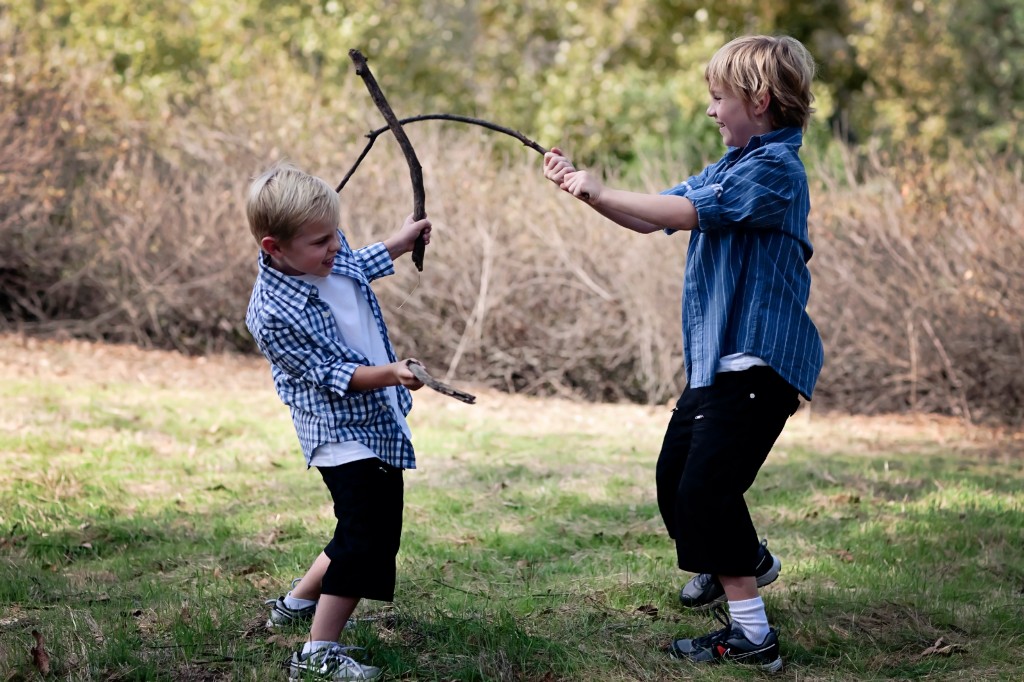I have two preschoolers and one child in elementary school. Â I feel like I am very irritable and short most of the time, and I never thought I would be so impatient. Â My 4-year-old disobeys constantly, and I find that I am screaming at him every day. My kids are screaming and hurting each other. What can I do?
Help! Â Sarah
Dear Sarah,
Thanks for acknowledging your struggles.  Children will push every button possible, and they tend to zone out when there is a lot of yelling.  Planning the commands and consequences will help you as you deal with three active children.  Take the time to calm down before responding to your child’s misbehavior so you respond in a more positive way.  It is easier to be patient when you know what the rules are and what you will do when your child does not obey, i.e. to respond rather than to react.  Consequences that are planned and explained in advance need to be consistently followed through.  Do explain the commands and consequences when you are not angry.
Parents have to be reminded to be more grown up than their child.  Working on your own impatience is the modeling your child needs, so explain that you are working on the character quality, patience.  This gives you the authority to teach them what to do when they have a hot temper.  “You can get angry, but when you do, don’t hurt yourself, don’t hurt others, and don’t destroy things.† Be aware of your pressure points, and be in control of yourself before dealing with your child.
I recommend that you and your spouse talk about the “biggies.† When life feels out of control, it is easy to get rule oriented and have far too many commands which will makes your lives complex. What rules are important, and what will be the consequence (positive if they follow the rule and negative if they don’t)?
Your goal is to stop bad behavior and to encourage good behavior and good choices. The ultimate purpose in all of this is to develop character, yours and theirs.
“… Every moment of problem, conflict, doubt, question, confusion, difficulty, unity, division, joy, sorrow, work, leisure, relationship, obedience, rebellion, hope, fear, laughter, authority, and submission that make up the multicolored moments of family life must be seen as a teaching moment.† Age of Opportunity – Paul David Tripp
Love, Joyce


